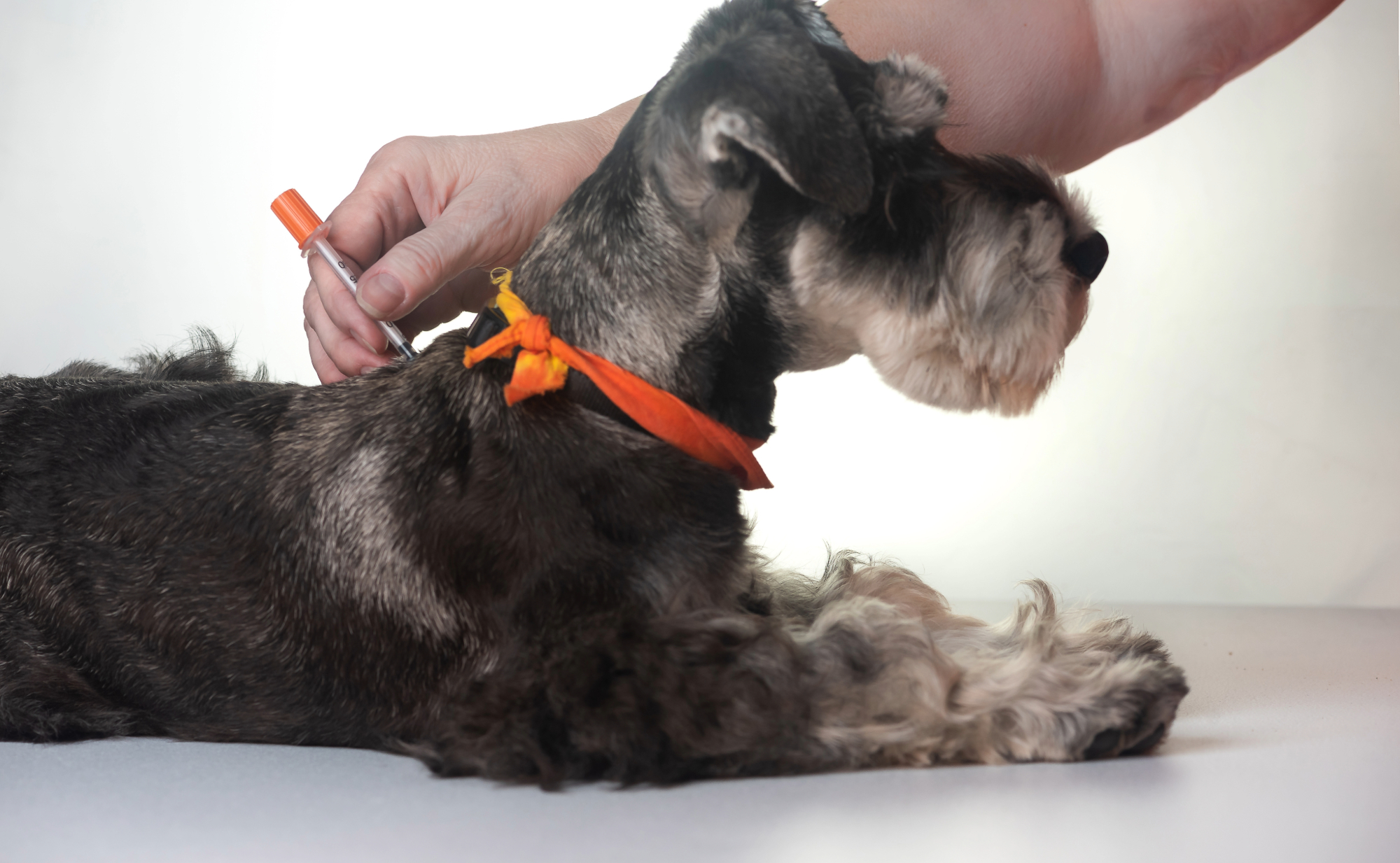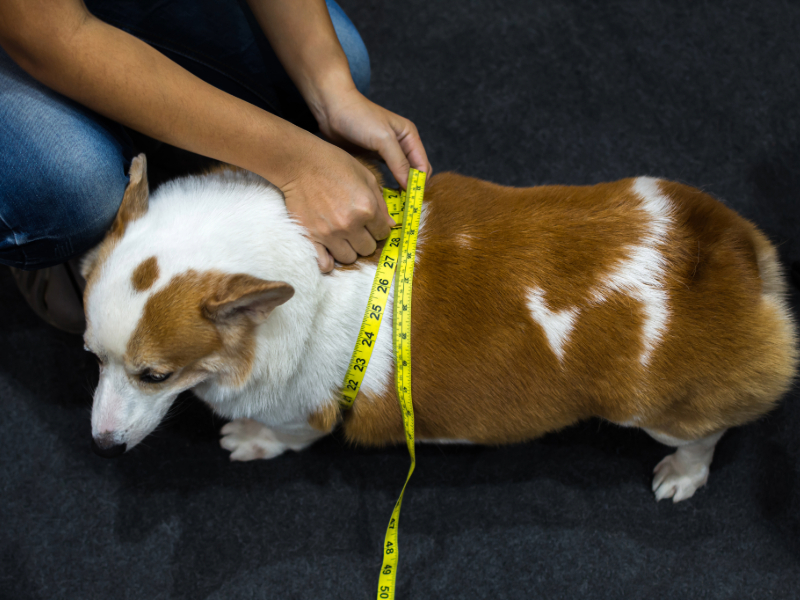Diabetes Mellitus : Part 2

How do I know the treatment is working?
After the initial diagnosis, you will be asked to have a blood glucose curve done on your pet. Traditionally, this meant that your pet would be at the clinic for most of the day. Blood glucose would be checked throughout the day to see how they are responding to the insulin. It is important that your pet be fed normally at home and given the prescribed amount of insulin. The doctor can evaluate the results of these serial blood glucose tests and make necessary adjustments in the insulin.
This is very difficult in cats. Cats get very anxious in the veterinary clinic. This can often cause higher glucose levels just due to the stress. Unfortunately, many cats have their insulin dose increased but when they return home, they do not need the increased insulin. Alternatively, the cat may have a single blood test called Fructosamine performed. Fructosamine levels will help us determine if the patient’s blood glucose was very high or was it within normal most of the time in the previous month. As you can imagine this is great information but not as good as that hour by hour report of how the body responds to insulin.
Freestyle Libre
Recently, advances in technology have led to the development of Freestyle Libre. This device can attach to the patient for up to 2 weeks and give us the blood glucose readings without actually drawing a sample. Many patients at Somerset have already taken advantage of this exciting development. While your cat is at home relaxing, we can know how his blood glucose levels. This is a great help, especially in cats but also with dogs. If you are interested in trying this new technology in your pet, please call the Somerset Reception desk and they will set you up with an appointment to see if this will be right for your pet.
Alternatives to insulin
Unfortunately, for dogs, we have not yet discovered a good alternative for insulin. This is because their diabetes is usually Type 1. Their pancreas is not producing enough insulin.
Cats are an excellent choice for possible insulin alternatives. Cats have decreased response at the cellular level to insulin itself. One new medication is called BEXICAT
Bexicat (bexagliflozin) – This medication causes the excess glucose to be removed from the body by the kidneys. It has worked well for some cats as long as they have not already received Insulin therapy. This medication does take some extra monitoring at the beginning. It is still important to monitor you cat’s appetite. If they do not eat, they can get very sick, just like a patient on insulin.
Senvelgo (velagliflozin) – Senvelgo is another drug in the same family as Bexicat. It is a sodium – glucose cotransporter 2 (SGLT2) inhibitor. This also causes excess glucose to be removed by the body in the urine. This medication comes in a liquid. It is more expensive but if this does not work with your cat, the company will reimburse the client for the unused medication.
Diet
Patients with diabetes can sometimes benefit from weight loss. However, if your diabetic dog has undergone a large amount of weight loss prior to the diagnosis of the diabetes, we would not want that patient to lose more weight. Weight loss is not going to reverse diabetes in dogs like it may in cats. Overweight dogs benefit from higher fiber foods that will help the GI tract absorb the sugars slowly throughout the gastrointestinal transit time. Some options are Hill’s R/D or W/D.
Another consideration if your patient is prone to pancreatitis and hyperlipidemia, a low fat diet may be more appropriate such as Hills lowfat I/D or Royal Canin GI or Royal Canin Glycobalance.
If your diabetic canine patient has a special food for other reasons like allergies or bladder stones, we recommend staying on that prescription diet as the diet will not eliminate the need for insulin.

Feline patients with diabetes do occasionally become nondiabetic with weight loss. There are many studies on which food is best. Most have concluded that low carbohydrates avoid a “sugar rush” in cats and are therefore advantageous. There are also studies that prefer canned diets for diabetic cats as the formulations often have less carbohydrates. Some recommendations of prescription diets are Hill’s M/D and Royal Canin Glycobalance. For some formulations, you may feed the best food for a diabetic and the company has added SO index to prevent urinary issues as well.
Snacks should be minimized as they can raise the blood sugar throughout the day. If you need to give a snack consider Rice cakes or Metabolic treats by Hill’s. Of course, you must limit the number of treats also.
Diabetes can be a daunting diagnosis for any pet owner. Your veterinarian can develop a plan which will allow your pet to live with diabetes for many years. A close communication with the veterinary staff and veterinarian can really help you with questions along the way. As you can see, new developments in the scientific community have really helped us understand our pet’s diabetes and how best to treat. Call if you have any questions about your diabetic pet and how we might be able to help!
About Us
We are a woman-owned practice committed to making you and your pet feel at home in our Ames, IA animal hospital. We deliver a full range of services to nurture their health and give them as many years as possible with you. Our services range from life stage wellness care and prevention to surgery, dentistry, and internal medicine, with the goal of meeting all your companion’s needs for life.
